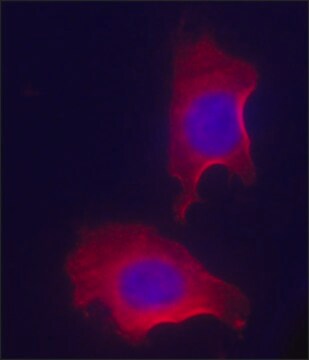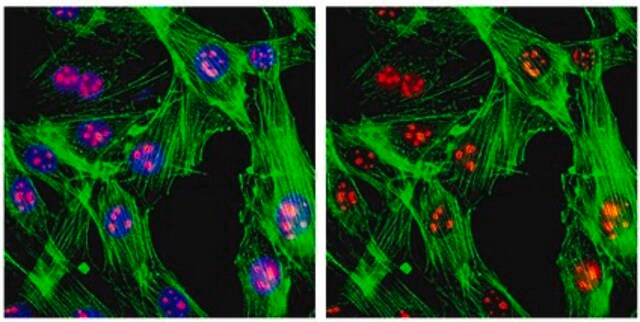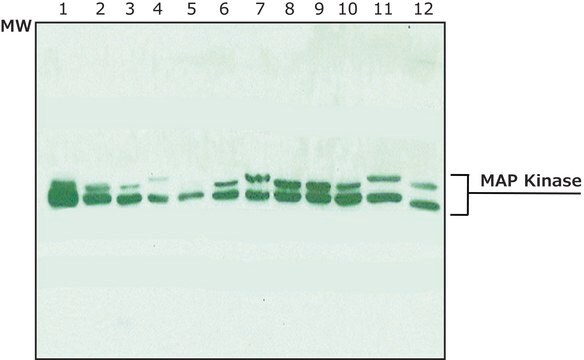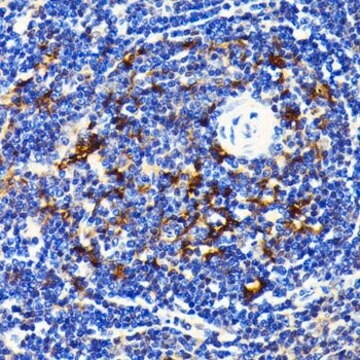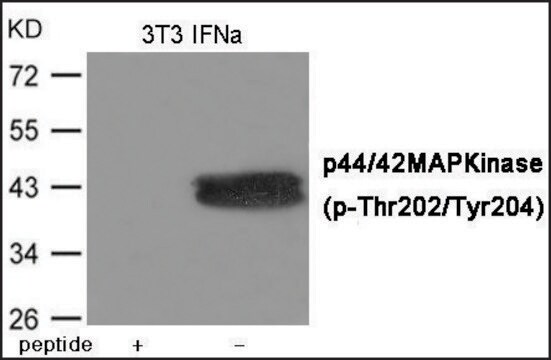PZ0295
Tiplaxtinin
≥98% (HPLC)
동의어(들):
(1-Benzyl-5-(4-(trifluoromethoxy)phenyl)-1H-indol-3-yl)oxoacetic acid; a-Oxo-1-(phenylmethyl)-5-[4-(trifluoromethoxy)phenyl]-1H-indole-3-acetic acid, PAI 039, PAI-039, Tiplasinin, WAY-168039
로그인조직 및 계약 가격 보기
모든 사진(1)
About This Item
실험식(Hill 표기법):
C24H16F3NO4
CAS Number:
Molecular Weight:
439.38
MDL number:
UNSPSC 코드:
41106609
PubChem Substance ID:
NACRES:
NA.77
추천 제품
Quality Level
분석
≥98% (HPLC)
양식
powder
색상
white to beige
solubility
DMSO: 20 mg/mL, clear
배송 상태
wet ice
저장 온도
−20°C
SMILES string
O=C(C(O)=O)C1=CN(CC2=CC=CC=C2)C3=CC=C(C4=CC=C(OC(F)(F)F)C=C4)C=C31
InChI
1S/C24H16F3NO4/c25-24(26,27)32-18-9-6-16(7-10-18)17-8-11-21-19(12-17)20(22(29)23(30)31)14-28(21)13-15-4-2-1-3-5-15/h1-12,14H,13H2,(H,30,31)
InChI key
ODXQFEWQSHNQNI-UHFFFAOYSA-N
생화학적/생리학적 작용
Tiplaxtinin has high oral bioavailability. It is metabolically stable and shows large safety multiples in animal toxicology studies. Tiplaxtinin can be easily synthesized in bulk quantities. This drug also reduces diet-induced obesity in mice.
Tiplaxtinin is a potent and selective PAI-1 inhibitor. Tiplaxtinin demonstrated efficacy in vivo in multiple models of acute arterial thrombosis and has been shown to reduce physiologic PAI-1 activity.
유해 및 위험 성명서
예방조치 성명서
Hazard Classifications
Aquatic Chronic 4
Storage Class Code
11 - Combustible Solids
WGK
WGK 3
Flash Point (°F)
Not applicable
Flash Point (°C)
Not applicable
가장 최신 버전 중 하나를 선택하세요:
Tiplaxtinin, a novel, orally efficacious inhibitor of plasminogen activator inhibitor-1: design, synthesis, and preclinical characterization.
Elokdah H, et al.
Journal of Medicinal Chemistry, 47(14), 3491-3494 (2004)
Tiplaxtinin impairs nutritionally induced obesity in mice.
Lijnen H R, et al.
Thrombosis and Haemostasis, 95(06), 731-737 (2006)
Camille Cohen et al.
EMBO molecular medicine, 13(11), e14146-e14146 (2021-11-03)
The mechanisms underlying the development of glomerular lesions during aging are largely unknown. It has been suggested that senescence might play a role, but the pathophysiological link between senescence and lesion development remains unexplained. Here, we uncovered an unexpected role
자사의 과학자팀은 생명 과학, 재료 과학, 화학 합성, 크로마토그래피, 분석 및 기타 많은 영역을 포함한 모든 과학 분야에 경험이 있습니다..
고객지원팀으로 연락바랍니다.
